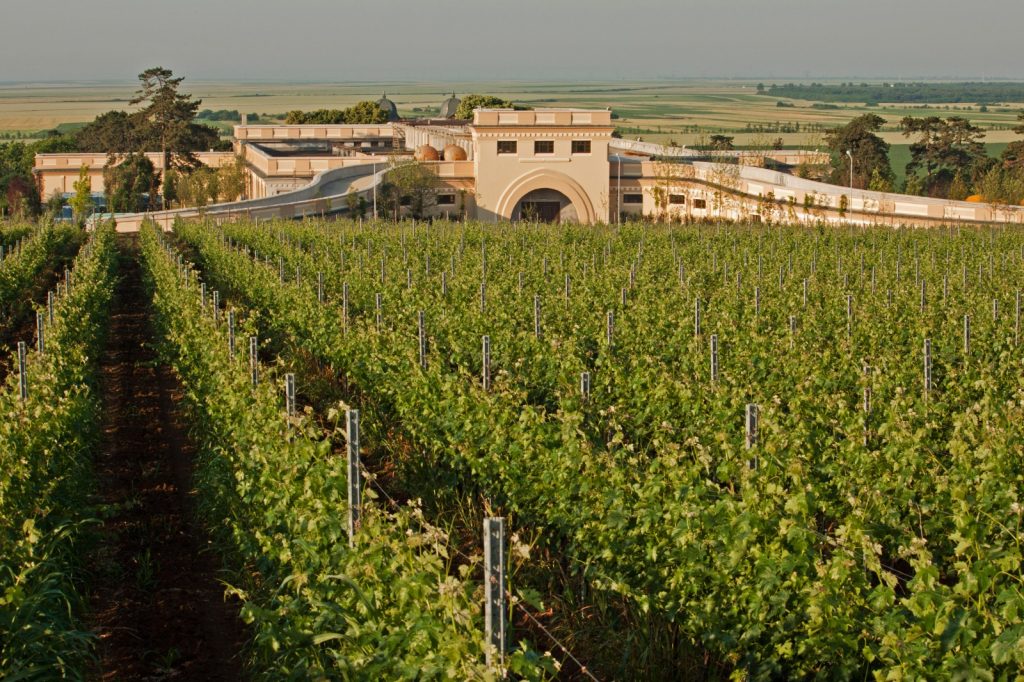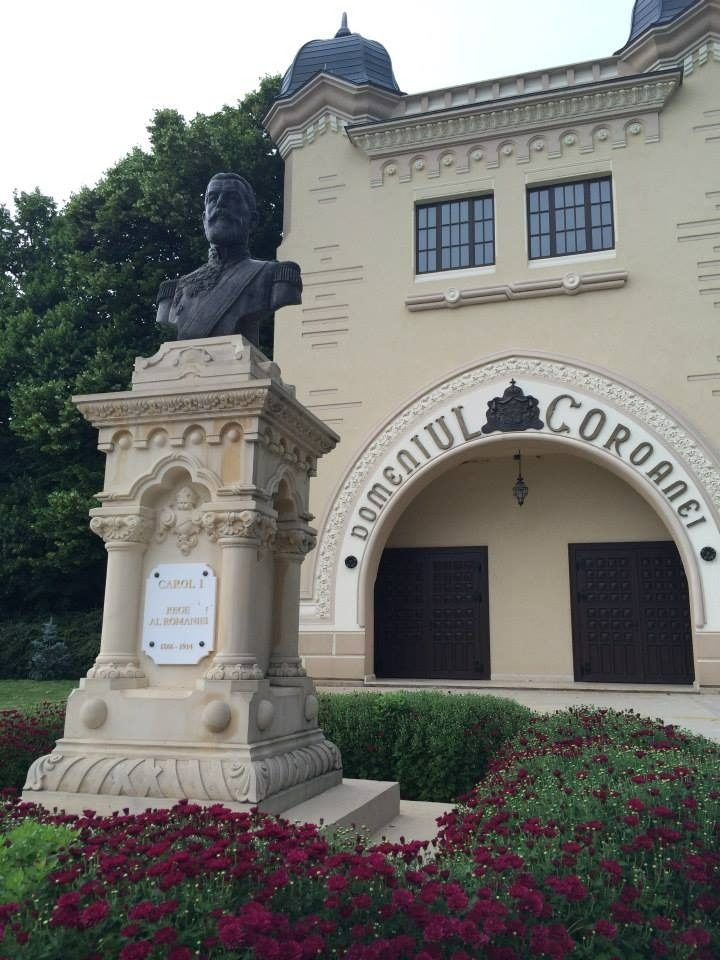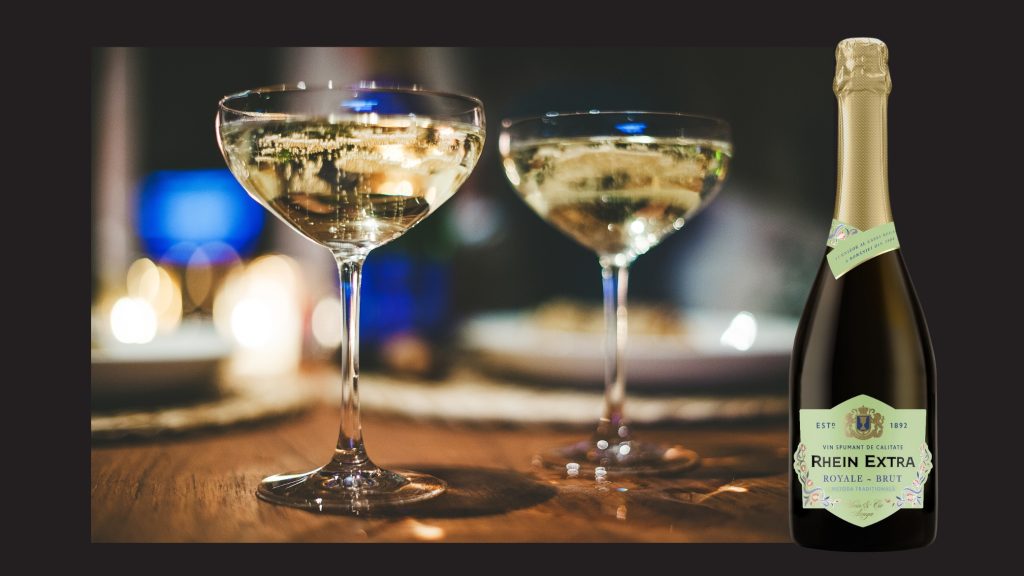On May 10, 1866, after his already notorious incognito journey, Carol I becomes ruler of the United Principalities, at a time when the Ottoman Empire threatened to dissolve the fragile union between Moldova and the Southern Romania (Tara Romaneasca). After 11 years, Mihail Kogalniceanu’s famous speech on May 9, 1877 proclaimed the independence of Romania. Or, in other terms, the beginning of the War of Independence, which would lead to the formation of modern Romania, a year later. 15 years after first sitting on the throne, on May 10, 1881, Prince Regent Carol I of Hohenzollern-Sigmaringen becomes the King of Romania. We have a country, what now?
In a country strongly anchored in primitive agriculture, not far from subsistence agronomy, King Carol I invested, first of all, in education. At the same time roads and railways were built, the modernization of agriculture and the emancipation of the peasantry begun. In the longest reign known on this territory (48 years, a year more than Stephen the Great, in the 1400’s), universities, the Romanian Academy, high schools, schools and libraries were founded, roads and bridges were built that are operational until today (DN1, the Cernavoda bridge, etc.), and Romania came close, for the first time, to what we would call today a European standard.

About kings and wine
There are still voices that accuse Carol I of not solving the problems of the peasantry, which was still suffering from an exploitative feudal system, bringing forth the argument of the 1907 riots and some political stances of the time. The truth could not be further and, no matter how cynical it may seem, the King’s solution was to "give the starving ones a fishing rod instead of a fish".
Those passionate about history can check the story of the 12 Royal Domains, the model-farms, which created the phenomenon of "learning by neighboring" – or cultural contamination. The resistance of the traditionalists was legendary – the communist regime used the theatrical plays of the time to ridicule the monarchy (if you remember the engineer trying to tell the peasants about even and odd-toed ungulates). It’s just that, by implementing modern technologies, applying scientific criteria and hiring the best specialists of the time, the farms managed by the Crown were accepted, understood and imitated by the neighbors, even if it took longer than it should have. Wherever this didn’t happen, the option to learn turned into the obligation to learn. Let’s just remember that a royal decree, approved by the Parliament, was needed to prohibit the “wild mating”, in an effort to improve cattle breeds and separate the milking cows from the beef cattle. It took 30 years for the common man to understand the difference and give up the practices rooted in countless generations.

Investments in knowledge of the Royal House are difficult to evaluate. But we could at least understand a small part of it by understanding what happened from viticulture. Soon after Carol I became King, Romania and Europe were devastated by the phylloxera. In 1887, the Wine and Vine Research Station from Murfatlar was opened, after it was discovered that the insect does not thrive in sandy soils. In 1884, the estate in Segarcea was deforested, after extensive soil analysis, and planted with over 50 noble varieties of grape vines, the plants were propagated in the vine school here and sent for replanting to farmers affected by phylloxera. Initially reluctant to the idea of clearing out the infected vineyards, all these peasants were fully reinstated in 1921 by King Ferdinand, when they received new plots of land, with new and healthy vines already planted, equivalent to the land first lost. Because reform means a fishing rod, not a fish, and even if a half-century reign is not enough to fulfill all its goals, the descendants will surely respect the legacy and the intentions of their predecessors.

Segarcea did not even become a vineyard of the Royal House until the tools to fight phylloxera were established and available. The winery was built only in 1908, to the highest standards of the time – gravitational flow, glass fermentation tanks, etc.. In the same period, the first official suppliers of the Royal House are recognized, some of them continuing this honorable tradition until today.
We will sink into historical melancholy, but today, on King’s Day, we will raise a glass of Feteasca regala full of bubbles, Rhein Extra Royale Brut (exclusively available in Carrefour Romania’s Deschidem Vinul Romanesc / We Open the Romanian wine program), to honor of all the things through which the monarchy contributed to the birth modern Romania. Since we brought it up, that includes the idea of "importing" Saxons from Brasov (the three Rhein brothers) to Azuga, to transform a wine warehouse into the first Romanian champagne factory – yes, at that time, the term champagne was still legal …



